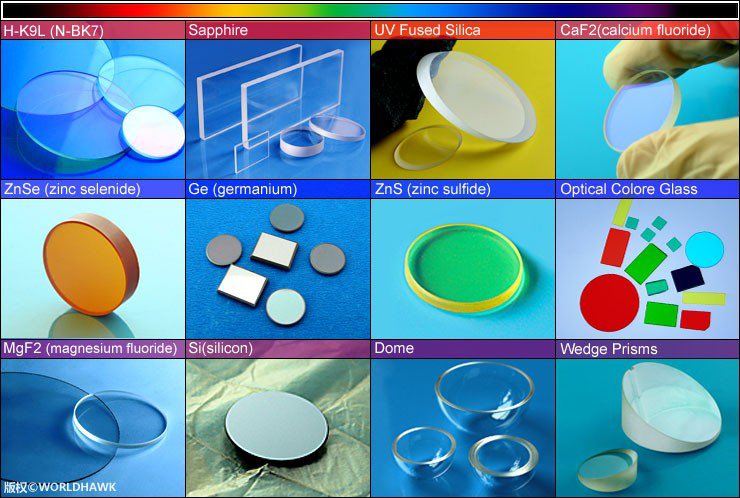The application of the film-covered cultivation technology in peanut production can increase the temperature, preserve the seedlings, preserve the water and preserve the fertilizer, thereby achieving the purpose of increasing production and increasing income. In 2002, the author conducted a comparative test of spring peanut mulching cultivation, and obtained the results of 402 kg per mu yield in the test plot, 367 kg per mu in the field, and 50 kg more than the bare land. The following are some of the major issues that should be noted in the cultivation of peanut covered plastic mulches.
Spring peanuts can increase the temperature by 3°C~4°C after covering the ground film. The temperature in the range of 5~10cm thick can reach 12°C~13°C in the first 10 days of the final frost period. The sowing date can be about 10 days in advance. Therefore, it is required that the planted plots be ploughed and ploughed several times in the winter to pulverize the soil, then the soil should be finely crushed according to the width of the mulching film, and the screed surface should be flat and the soil should be crushed to ensure the quality of the cover film.
Planting time can be 10 to 12 days before the end of the local frost period. The planting density should be determined according to the variety characteristics and fertility. The specifications can be 20 cm 26 cm or 23 cm 26 cm, and broadcast 0.95 million to 10,000 holes per acre. Two seeds are sown per hole.
Immediately after planting, the film can be covered. From the viewpoint of convenient film cutting and temperature increase, a white film of 0.015 to 0.018 mm thickness can be selected. When the thickness exceeds 0.02 mm, it is difficult to penetrate the film into the soil. In order to save costs, it is also possible to use a disposable white transparent ultra-thin film. When the film is covered, it is required that the film be closely attached to the soil surface without any gaps.
The film-covered cultivation is not cultivating or top-dressing, but at the same time the ground temperature is increased, the activity of microorganisms is enhanced, and the organic matter in the soil is rapidly decomposed, so the application amount of organic fertilizer is increased, and 1000 to 1500 kilograms of perishable home-farming fertilizer can be mixed per acre for a high concentration. Compound fertilizer 50 kg.
Pre-emergence weeding can use 50% butachlor or 50% acetochlor 100-150 ml or 72% dole 100 ml per mu. If weeds have already grown weeds, we can mix suitable herbicides such as glyphosate, Roundup, Gramoxone and Herbicide. The amount of pre-emergent herbicide should not be too much, otherwise the growing seedling leaves will be curled edge, small yellow, roots are weak, root nodules are small and small, seriously affecting plant growth.
Due to the difficulty of rain after the film is covered, it is difficult to enter the soil to add water. If the soil is too dry during sowing, slow emergence, uneven growth, and lack of seedlings will occur. However, if the water content is too high, poor soil permeability and poor seed breathing will result. , resulting in pod species, rotten species and lack of seedlings. The suitable soil moisture at the time of sowing is suitable for the hand to cling to the soil and loosen it. In the growing season, in case of cloudy days, it is necessary to clear the gutters in time to prevent the rot, roots, and plant diseases from spreading. When the drought occurs, irrigation should be performed by furrow irrigation.
Peanut-covered cultivation plants have accelerated growth and development, and they tend to have cropping and affecting yield at the end of the period. They should be controlled in time from 20 to 25 days after flowering, and from 12 to 13 leaves of peanut-pea peanuts. 800 ppm longer than the pesticide can be used. If 15% paclobutrazol is used, 50 grams of water and 50 kg of water can be used to control seedlings per acre.
Peanuts can be advanced 7 to 10 days in advance through film-mulching cultivation. If they are not harvested in time, they will cause fruit drop or germination in the soil and affect the yield. Select the sunny harvest when the lower leaves fall off and the upper leaves turn yellow. Immediately after the collection, the plastic film shall be recycled and concentrated so as not to affect the growth of the post-plant crops and cause environmental pollution.
Optical Windows are flat, plane-parallel plates that are often used as protective barriers for electronic sensors or detectors from outside environments. Optical Windows should be selected based on the material transmission or mechanical properties of the substrate. Optical Windows do not cause change in the magnification of a system. Worldhawks` Optical Windows are offered in a variety of substrates, such as Germanium (Ge), Silicon (Si), N-BK7(H-K9L), UV Fused Silica, Zinc Selenide (ZnSe). Multiple anti-reflection coating options are available for the Ultraviolet (UV), visible, or Infrared (IR).
Worldhawk offers standard and high precision optical glass windows in round ,rectangular, wedge windows and custom shape and size with different optical glasses,Fused Silica, Sapphire, ZnSe, Zns and IR crystal. The high precision parallelism of 10 arc seconds, surface quality of 40/20 and flatness of λ/10. Single layer or multi-layer anti-reflection coatings are available.


Optical Window,H K9L Window,N Bk7 Window,H K9L N Bk7 Window
ChangChun Worldhawk Optics Co.,Ltd , https://www.worldhawk-optics.com